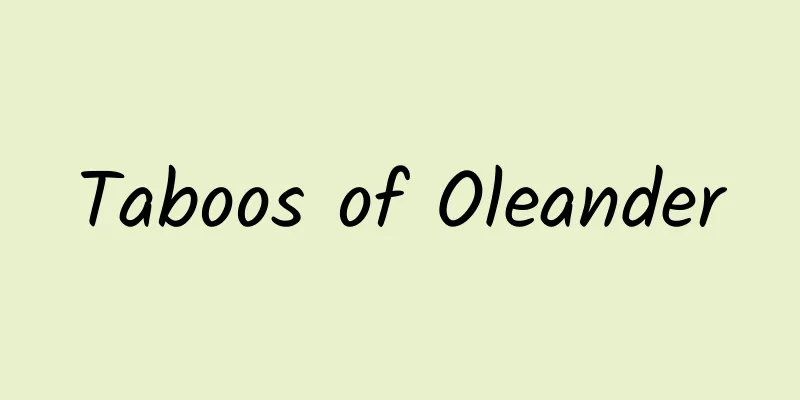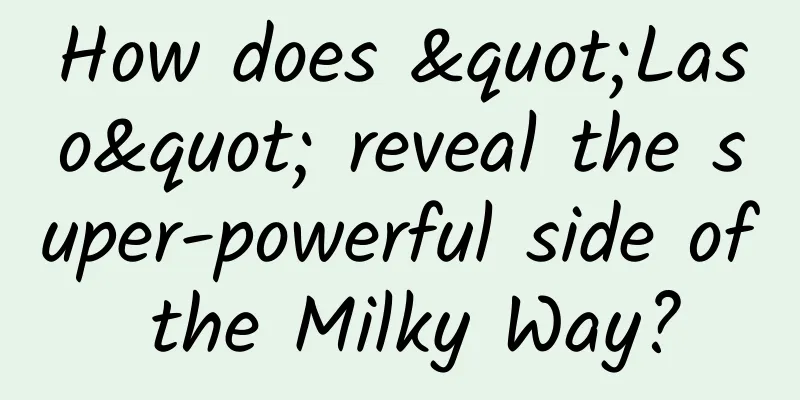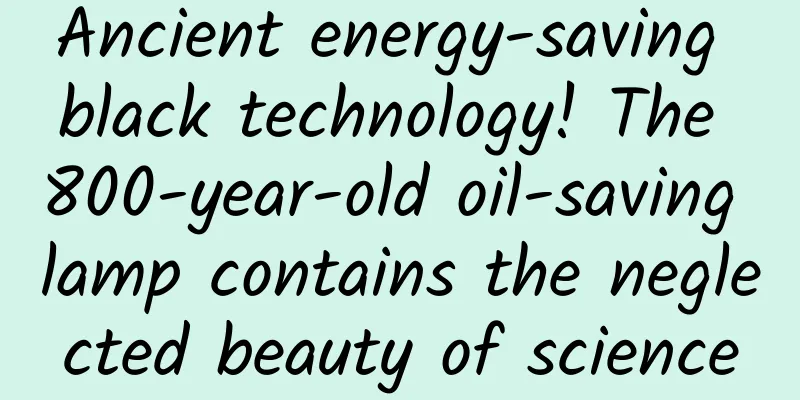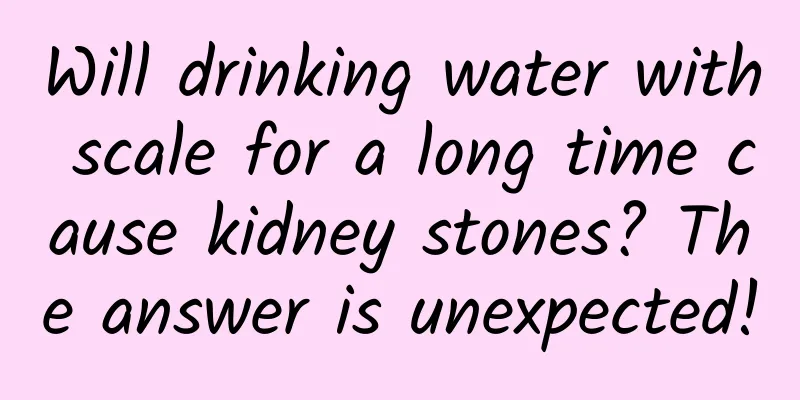The efficacy and role of termites
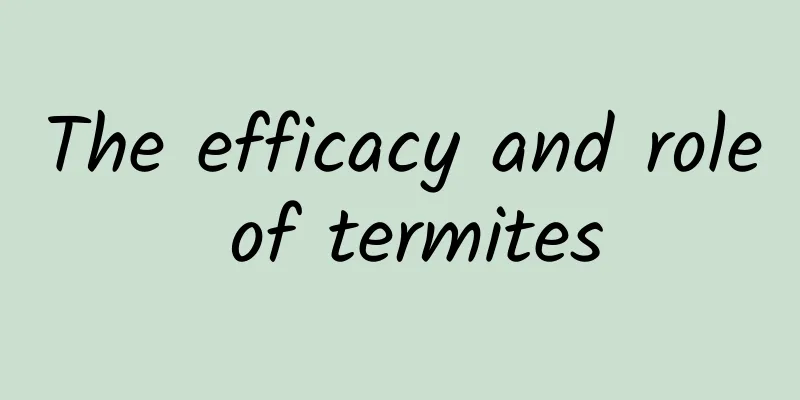
|
House termite is a traditional Chinese medicinal material. This type of medicine can cover many aspects of disease treatment, so before choosing house termite, you must have a good understanding of it. Let us introduce it in detail below. 【English name】termite 【Other names】 Termites, white ants, flying ants [Source] The source of the medicinal material: the whole body of the house termite. [Original form] The head and antennae of the soldier ants of the house termite are light yellow. Upper jaw dark brown. The abdomen is milky white. The head is oval when viewed from the back. The chimney is nearly round, large and prominent, located on a slightly protruding short tube in the front part of the head, facing forward. Upper jaw sickle-shaped. The upper lip is nearly tongue-shaped. Antennae with 14-16 segments. The pronotum is flat, narrower than the head, with notches in the center of the front and rear edges. The back of the head of the winged adult is dark yellow-brown, and the back of the thorax and abdomen is brown-yellow. Wings slightly yellowish. The compound eyes are nearly round, and the simple eyes are oblong. The base of the posterior lip is extremely short, and the base of the anterior lip is white and longer than the base of the posterior lip. The upper lip is light yellow and rounded at the front. Antennae with 20 segments. The front edge of the pronotum is concave backwards, the lateral edge and the rear edge are connected to form a semicircle, and the center of the rear edge is concave forwards. The forewing scales are larger than those of the hindwing. The worker ants' heads are slightly yellow. The abdomen is white. The back of the head is round and the front is square. The base of the posterior lip is very short, with a length equivalent to 1/4 of the width and is slightly raised. Antennae have 15 segments. Front edge of pronotum slightly raised. The abdomen is long, slightly wider than the head, and not very bulging. [Habitat distribution] Ecological environment: House termites can build large nests and live in groups. The groups usually live in the soil or tree trunks of woodlands and gardens, as well as in construction woods. Sometimes they also live in furniture such as suitcases and bookcases. [Chemical composition] The whole plant contains uric acid, stigmastanol, β-sitosterol, cholesterol, campestanol, cholestanol and fatty acid. 【Nature and flavor】 sweet; salty; warm 【Meridian】 Liver; spleen; kidney meridian 【Functions and indications】Nourish and strengthen. Mainly used for long-term illness or old age and physical weakness; deficiency of both Qi and blood. [Usage and Dosage] For oral use: dry and grind into powder, 3-5g. [Discussions by various scholars] "Digest of Chinese Medicinal Animals": It has the function of nourishing and strengthening. It is mainly used to treat physical frailty in the elderly, weak qi and blood due to long-term illness, etc. 【Excerpt】 Chinese Materia Medica The above are some basic functions of house termites and the method of eating house termites, so that you will not make mistakes when eating them and can also make better use of the value of house termites. |
<<: The efficacy and function of black skin green wood fragrance
>>: The efficacy and function of wind vine grass root
Recommend
Medicinal value of phoenix grass
The culture of traditional Chinese medicine is ve...
The efficacy and function of dew grass
Recently, major TV channels have launched various...
By 2023, how far has the genomics revolution progressed?
Original title: 70th anniversary of the discovery...
What are the benefits of tiptoeing?
Tiptoeing is a relatively simple action. Doing th...
The efficacy and function of hairy leaf fern
Recently, major TV channels have launched various...
What are the contraindications of Astragalus?
Everyone knows that Astragalus is a very importan...
10 years, from 0 to 3...丨Technology of a great country
China's "Sky Eye", Shenzhou spacecr...
A woman's splitting headache was actually related to her daily trips to the vegetable market! Doctors: This type of disease has a very high mortality rate
Aunt Mei (pseudonym), 51 years old, from Heyuan, ...
The efficacy and function of radix serrata
Chuangenteng is a kind of Chinese herbal medicine...
Beethoven's hair gene sequencing research is out! Revealing the real cause of death
In March 2023, the journal Contemporary Biology, ...
Does “cancer constitution” really exist?
Some time ago, a report about a 65-year-old woman...
The efficacy and function of Spathiphyllum
Do you know White Crane Vine? It is a common Chin...
The efficacy of Imperata root
Medicine is indispensable to people. Medicine has...
Are healthy snacks making you fatter? Here are the top ten "confusing snacks"
The weather is getting colder recently. Do you fe...
Effects and functions of Arisaema
Do you know Arisaema? It is a common Chinese medi...
